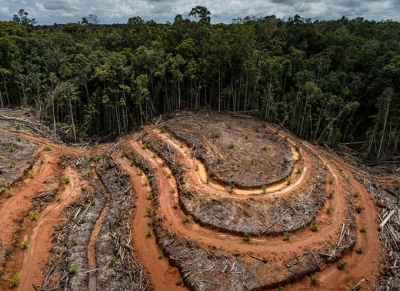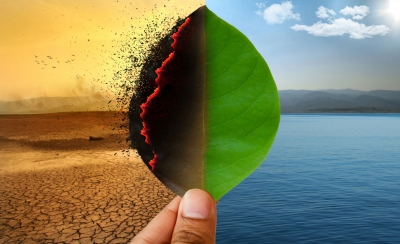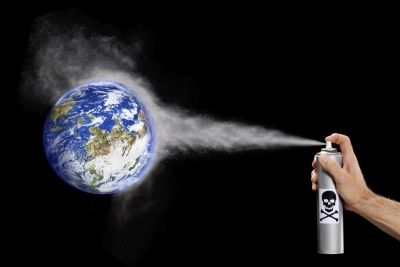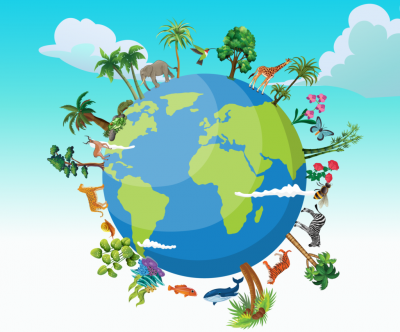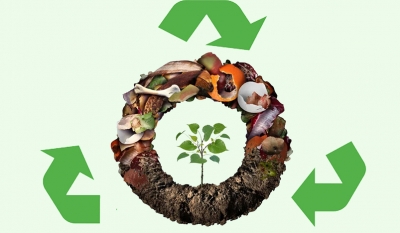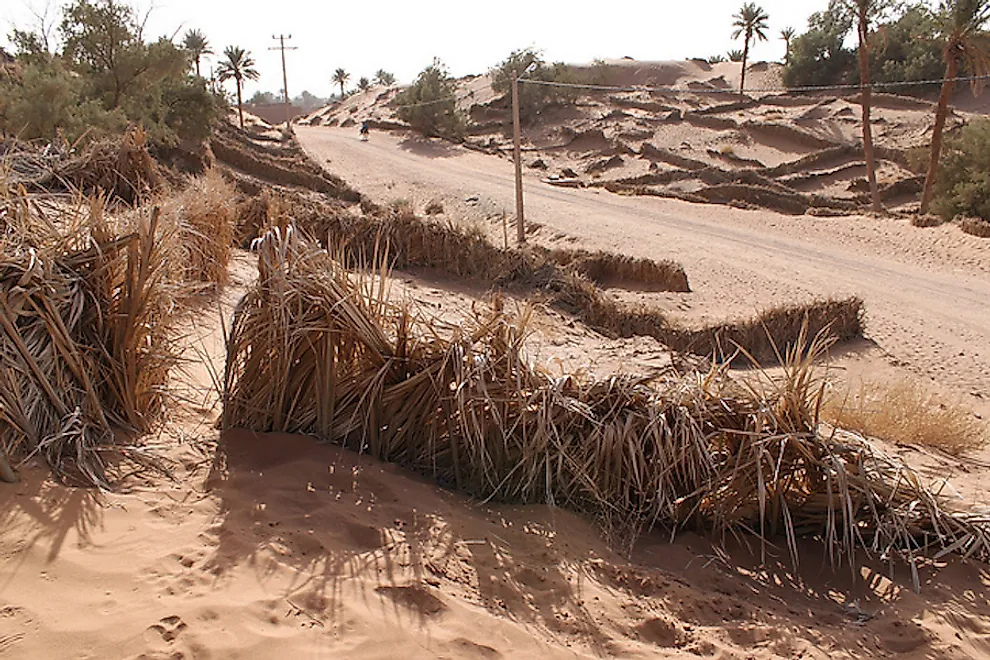
The process by which natural or human causes reduce the biological productivity of drylands (arid, semi-arid and dry sub-humid areas) is known as desertification, also referred to as desertization. Climate change, deforestation, overgrazing, unsustainable irrigation practices, political instability, poverty, or a combination of these factors generally result in declines in productivity of drylands. Africa has been the continent that is most affected by desertification.
Desertification, in short, is when land that was of another type of biome turns into a desert biome because of changes of all sorts. A huge issue that many countries have is the fact that there are large pockets of land that are going through a process that is known as desertification.
Desertification affects topsoil, groundwater reserves, surface runoff, human, animal, and plant populations. Water scarcity in drylands limits the production of wood, crops, forage, and other services that ecosystems provide to our community.
According to UNESCO, one-third of world’s land surface is threatened by desertification, and across the world, it affects the livelihood of millions of people who depend on the benefits of ecosystems that drylands provide.
Various Causes of Desertification
1. Overgrazing
Animal grazing is a huge problem for many areas that are starting to become desert biomes. If there are too many animals that are overgrazing in certain spots, it makes it difficult for the plants to grow back, which hurts the biome and makes it lose its former green glory.
2. Deforestation
When people are looking to move into an area, or they need trees in order to make houses and do other tasks, then they are contributing to the problems related to desertification. Without the plants (especially the trees) around, the rest of the biome cannot thrive.
3. Farming Practices
Some farmers do not know how to use the land effectively. They may essentially strip the land of everything that it has before moving on to another plot of land. By stripping the soil of its nutrients, desertification becomes more of a reality for the area that is being used for farming.
4. Excessive Use of Fertilizers and Pesticides
The use of excessive amounts of fertilizers and pesticides to maximize their crop yields in the short term often leads to significant damages for the soil.
In the long run, this may turn from arable into arid land over time, and it will no longer be suitable for farming purposes after a few years of excessive farming since the soil has been damaged too much over time.
5. Overdrafting of groundwater
Groundwater is the freshwater found underground and also one of the largest water sources. Over drafting is the process in which groundwater is extracted in excess of the equilibrium yield of the aquifer that is pumping or the excessive pulling up of groundwater from underground aquifers. Its depletion causes desertification.
6. Urbanization and Other Types of Land Development
As mentioned above, development can cause people to go through and kill plant life. It can also cause issues with the soil due to chemicals and other things that may harm the ground. As areas become more urbanized, there are fewer places for plants to grow, thus causing desertification.
7. Climate Change
Climate change plays a huge role in desertification. As the days get warmer and periods of drought become more frequent, desertification becomes more and more eminent.
Unless climate change is slowed down, huge areas of land will become desert; some of those areas may even become uninhabitable as time goes on.
8. Stripping the Land of Resources
If an area of land has natural resources like natural gas, oil, or minerals, people will come and mine it or take it out. This usually strips the soil of nutrients, which in turn kills the plant life, and eventually leads to the process of becoming a desert biome as time goes on.
There are some cases where the land gets damaged because of natural disasters, including drought. In those cases, there isn’t a lot that people can do except work to try and help rehabilitate the land after it has already been damaged by nature.
8. Soil Pollution
Soil pollution is a significant cause of desertification. Most plants are quite sensitive to their natural living conditions. When soil becomes polluted due to various human activities, the respective area of land may suffer from desertification in the long run. Higher the level of pollution more will be the degradation of soil over time.
9. Overpopulation and excessive consumption
Since our world population is continuously growing, the demand for food and material goods is also increasing at an alarming rate. Our overall level of consumption is also increasing at a steady rate.
Thus to fulfill our demand, we have to optimize our farming processes to harvest even higher crop yields. However, this excessive optimization of farming will hurt the soil and will eventually turn into the desertification of land in the long run.
10. Mining
Mining is another big reason for desertification. Large amounts of resources have to be extracted by industries to meet our demand for material goods. For mining, large areas of land have to be used, which causes deforestation as well as pollution of the nearby areas.
By the time most of the natural resources have been extracted, and mining practices are no more profitable, the soil gets damaged significantly, and the land becomes arid, which may not be recoverable, and desertification occurs.
Picture Credit : Google

